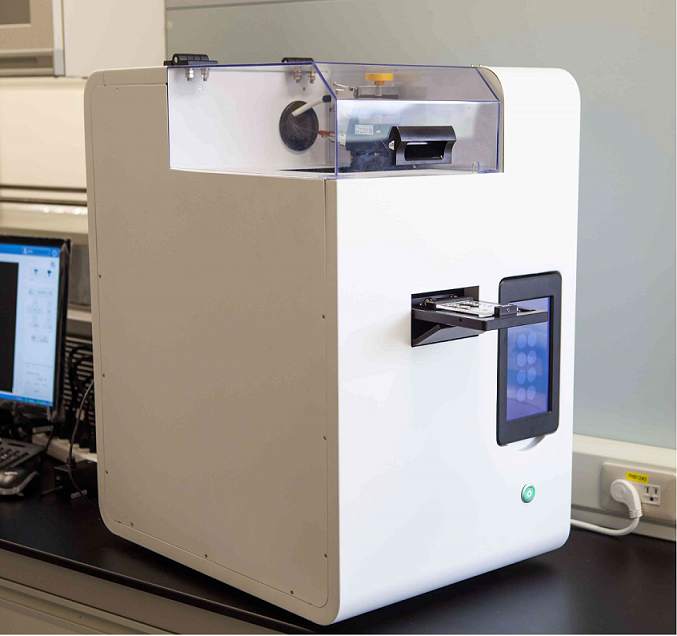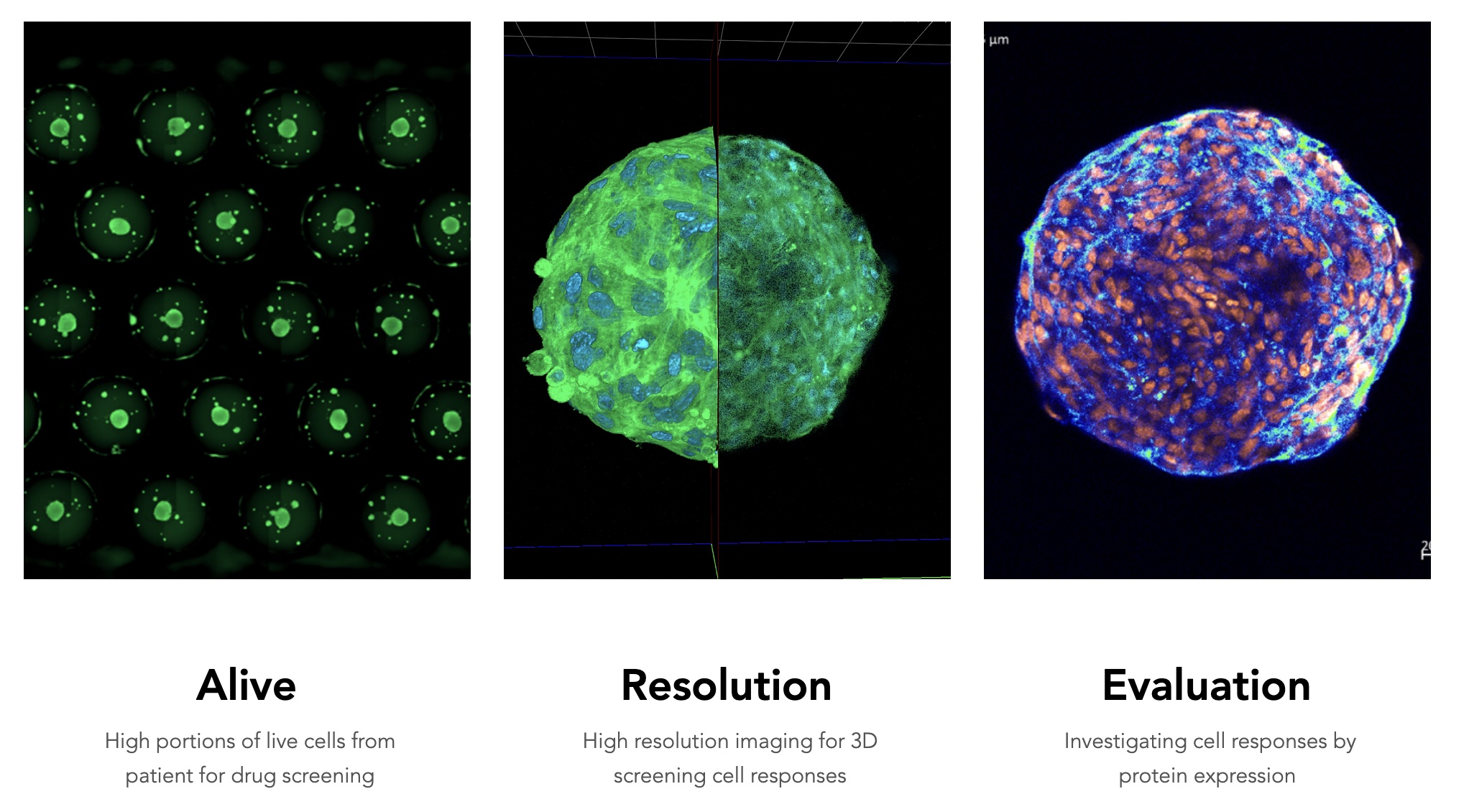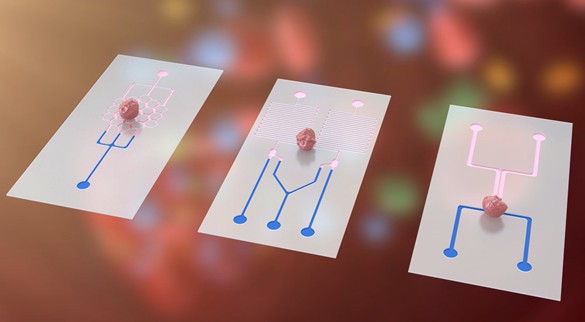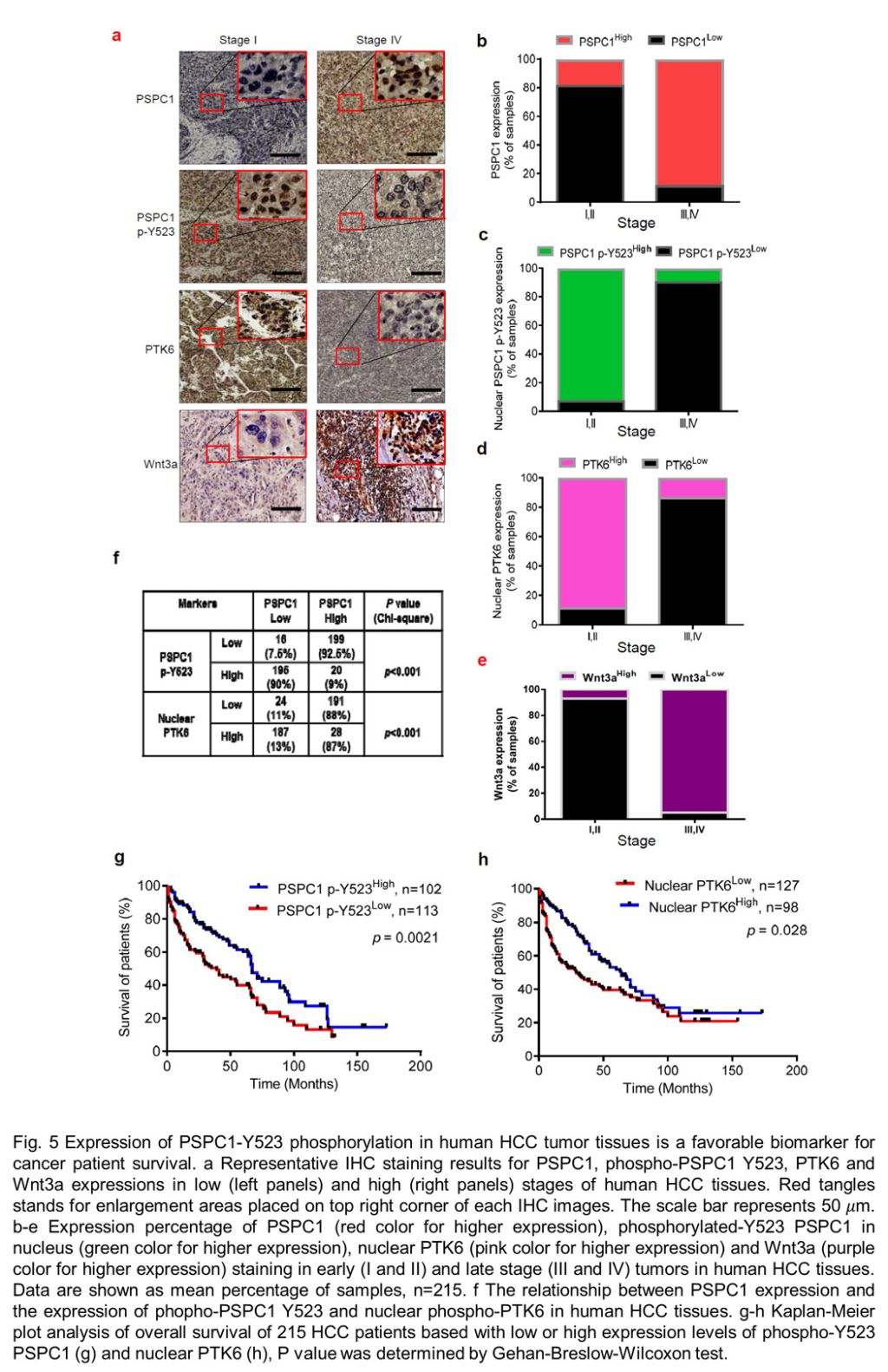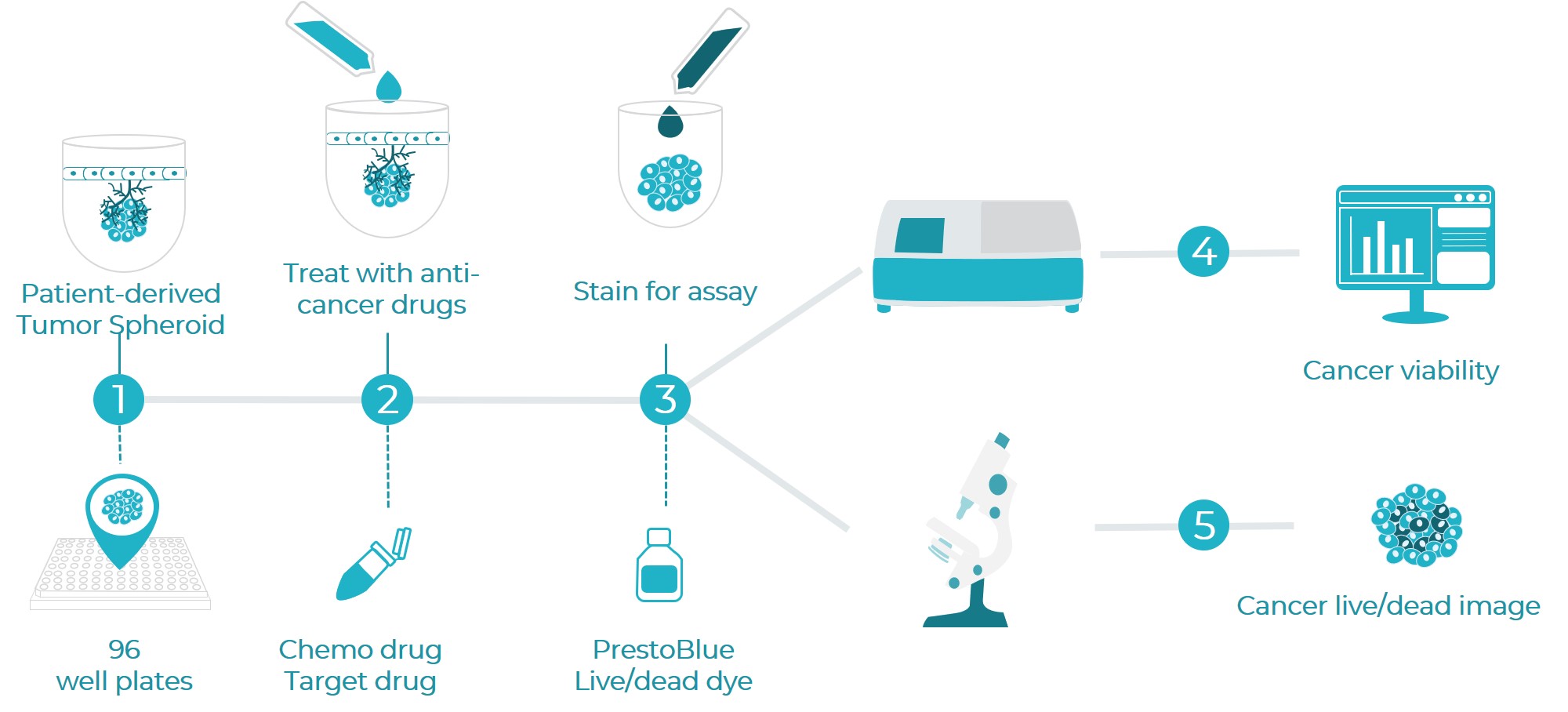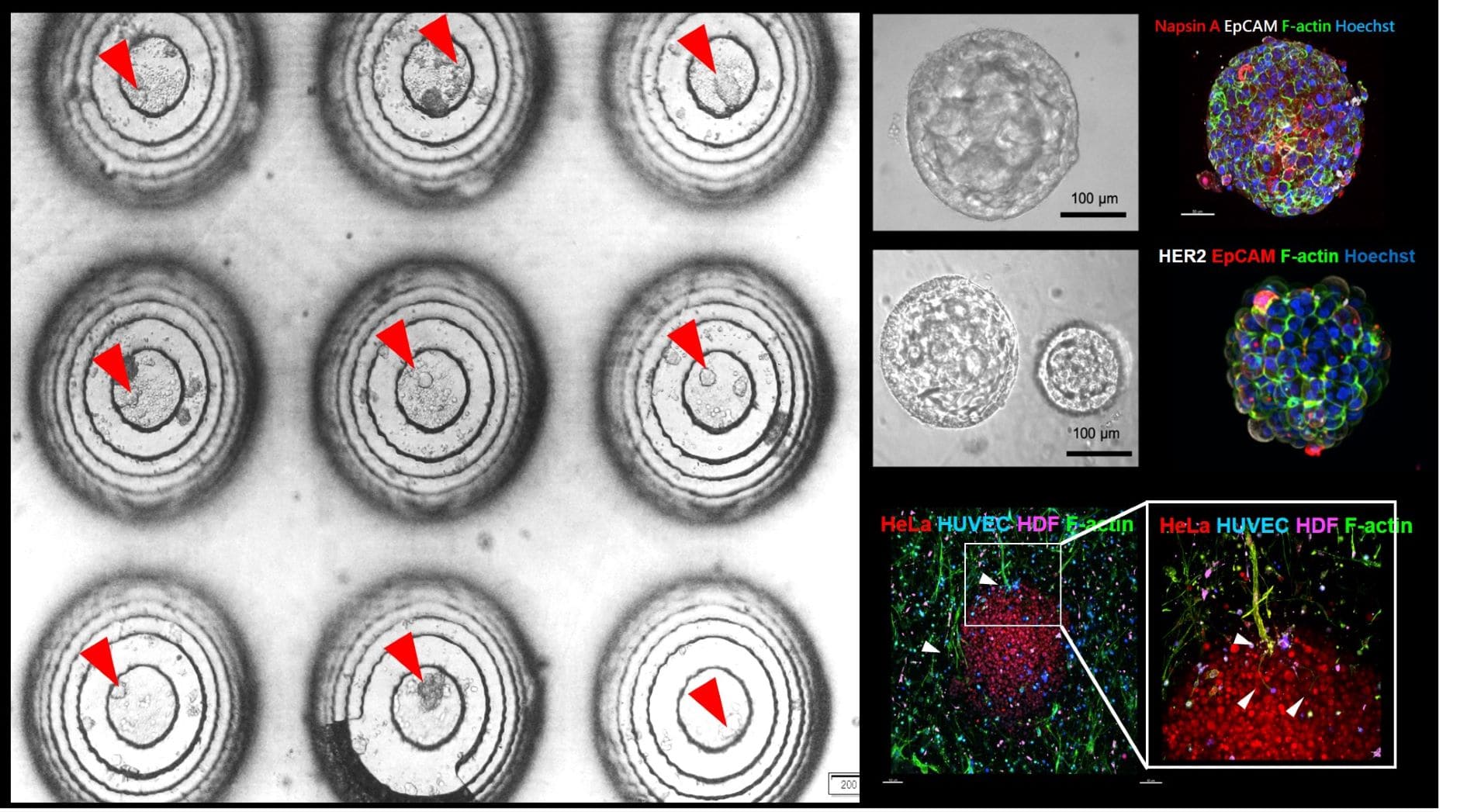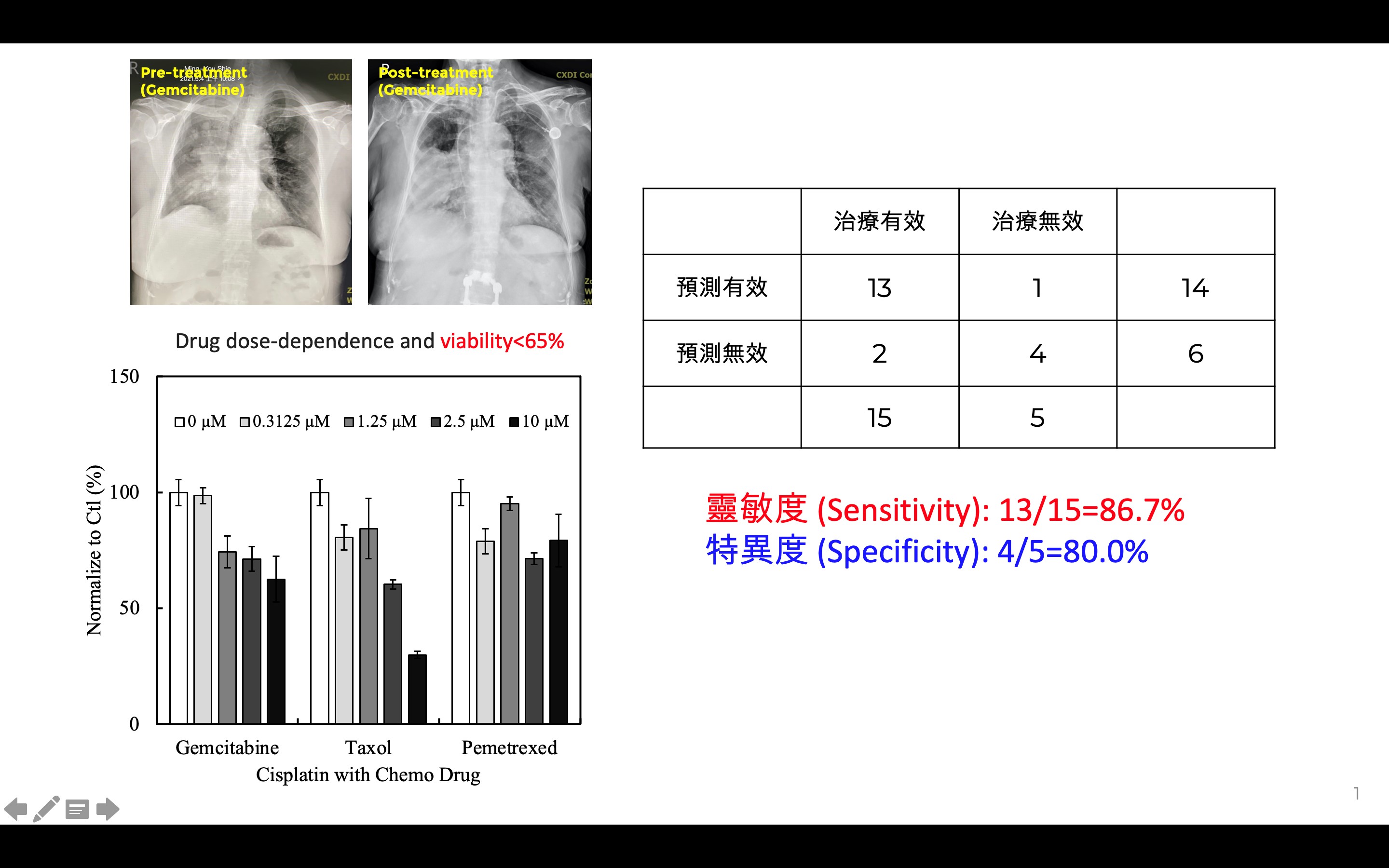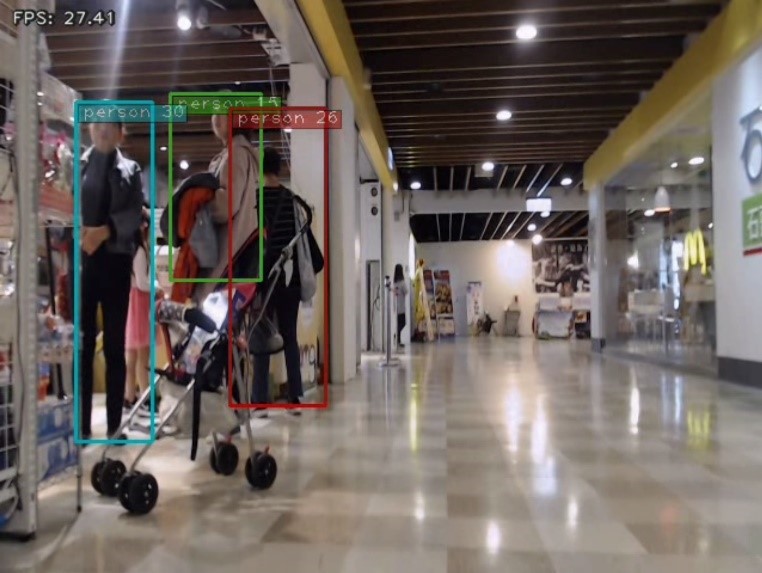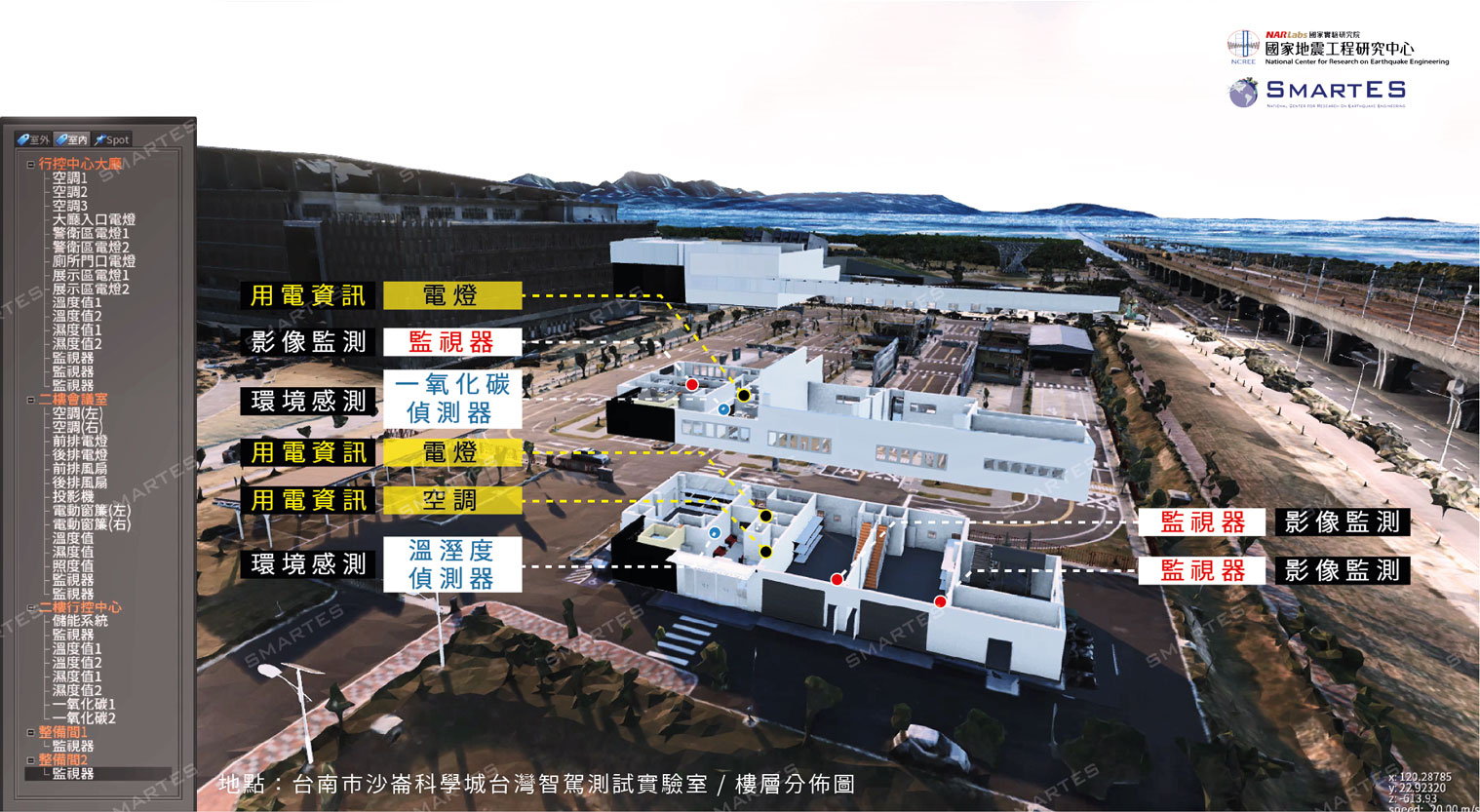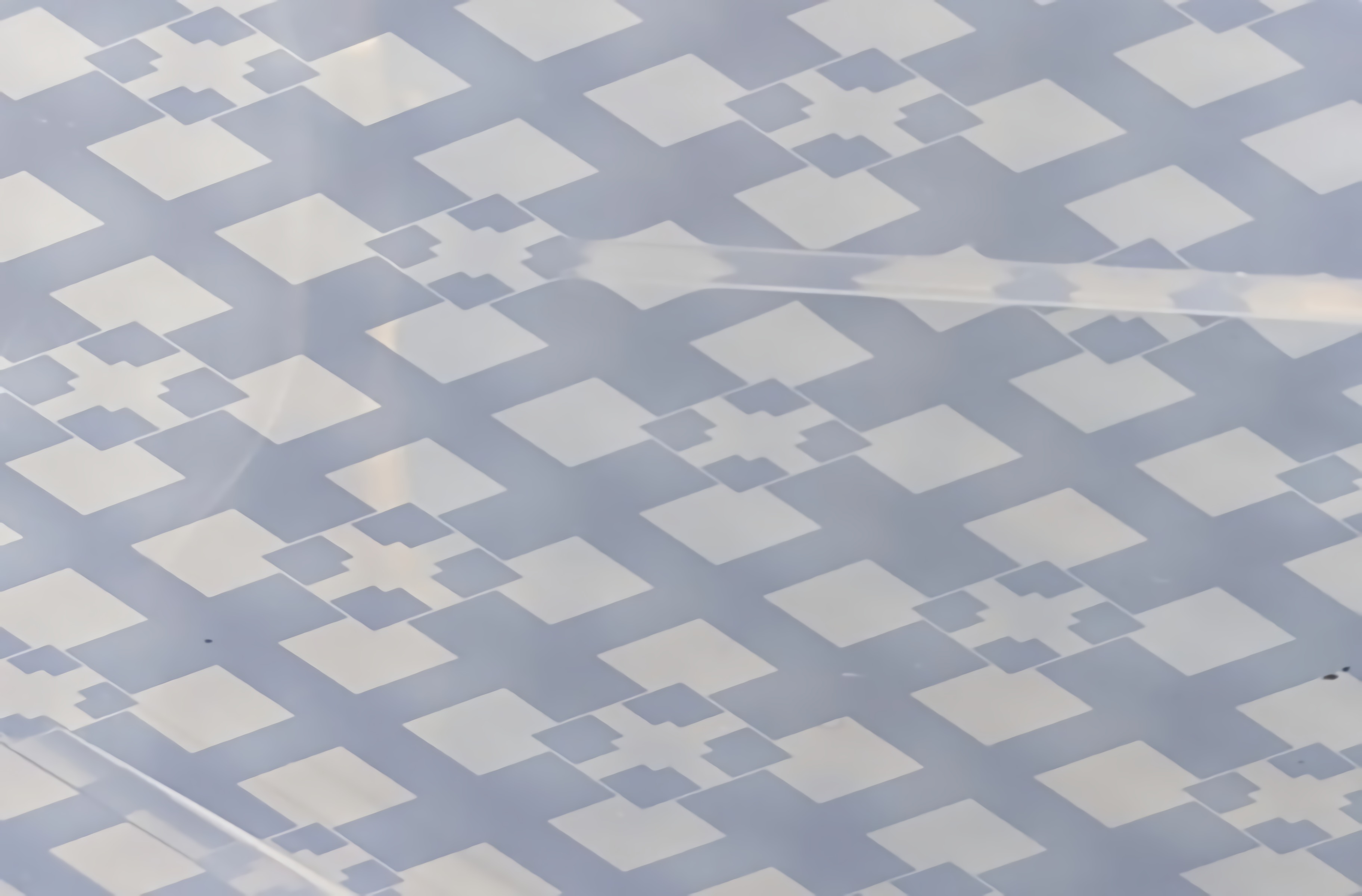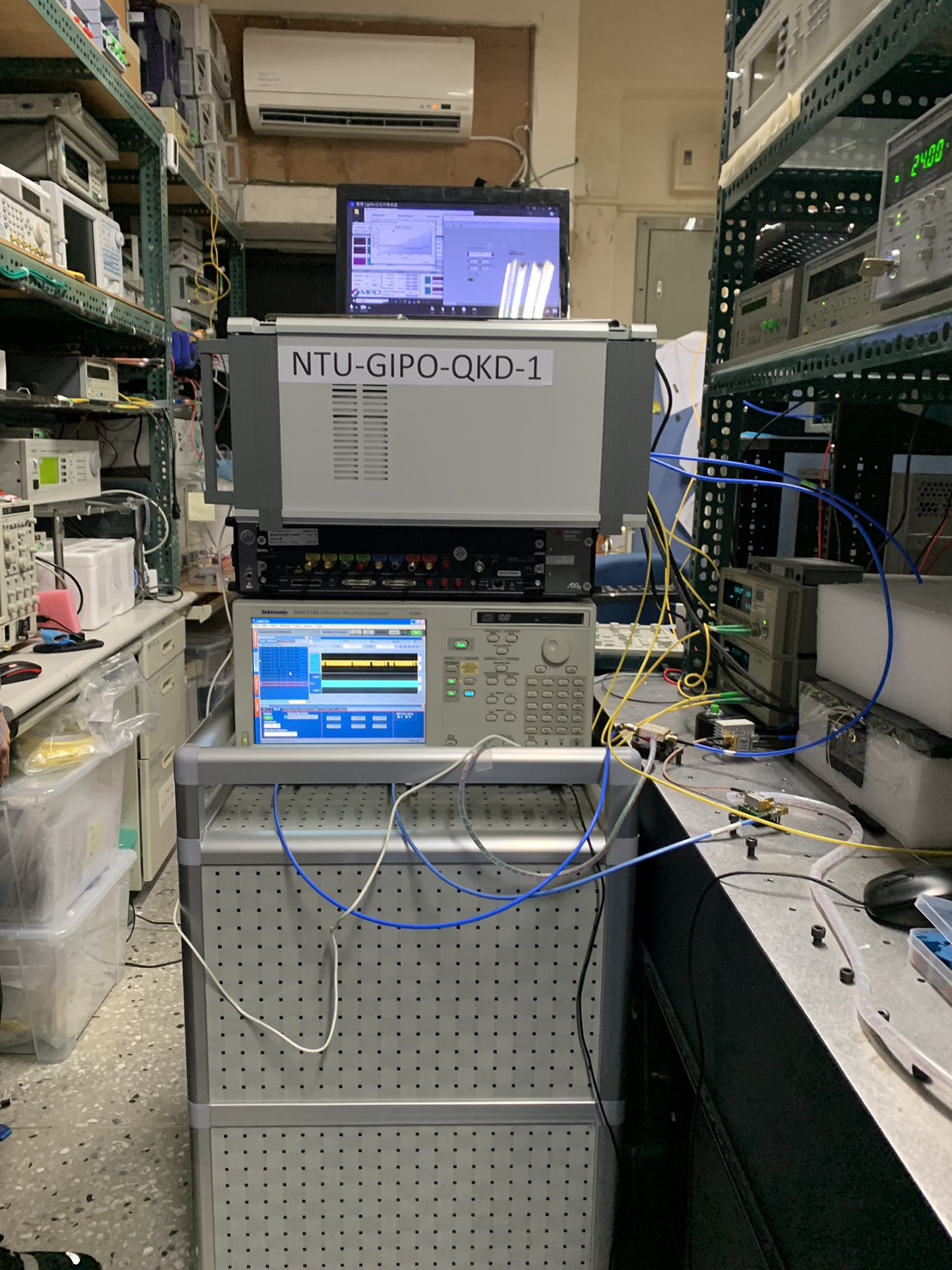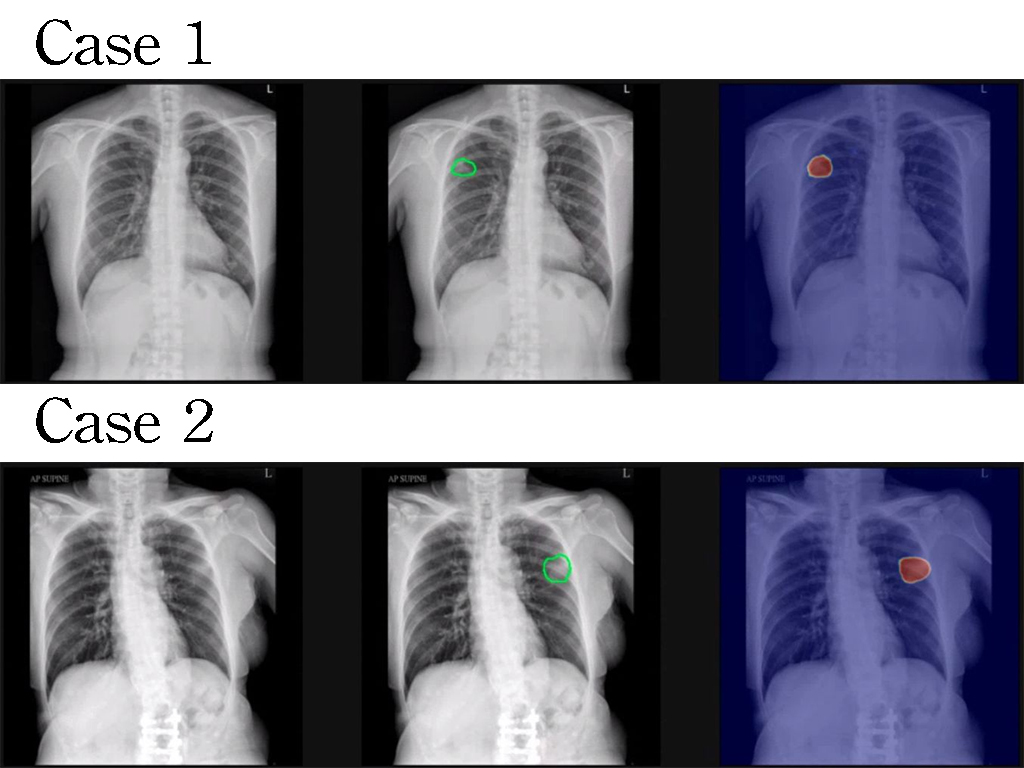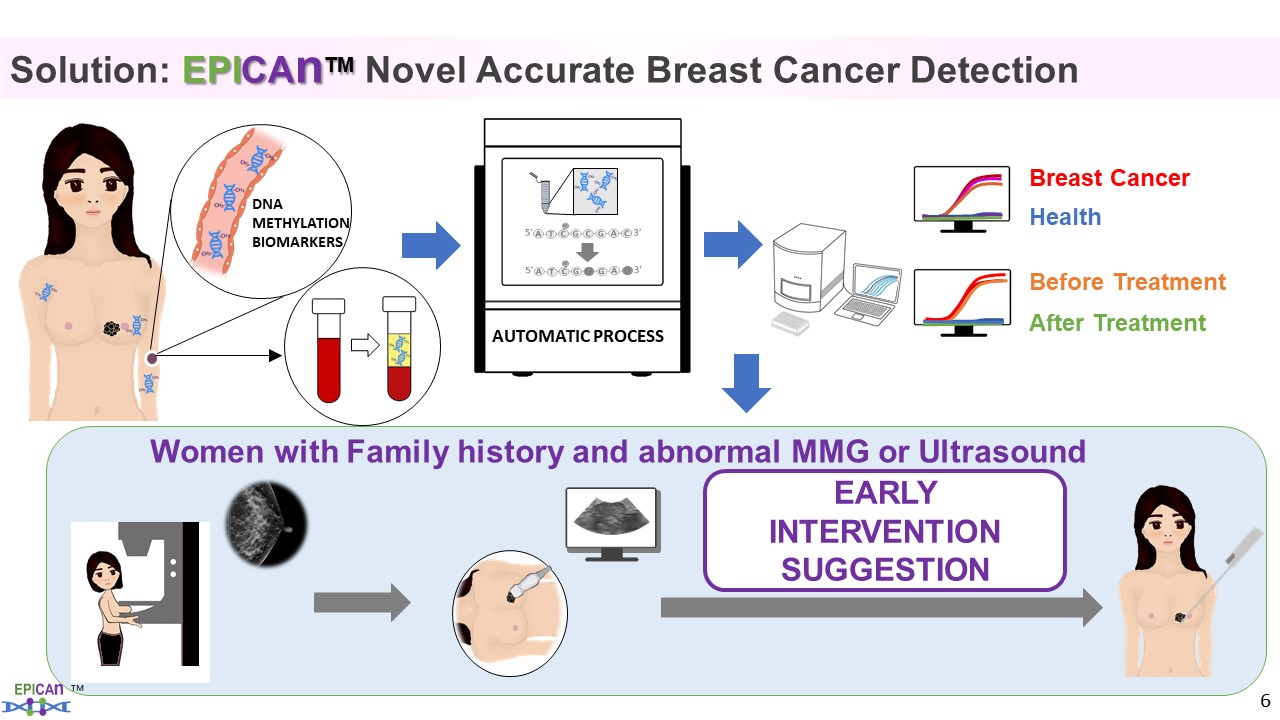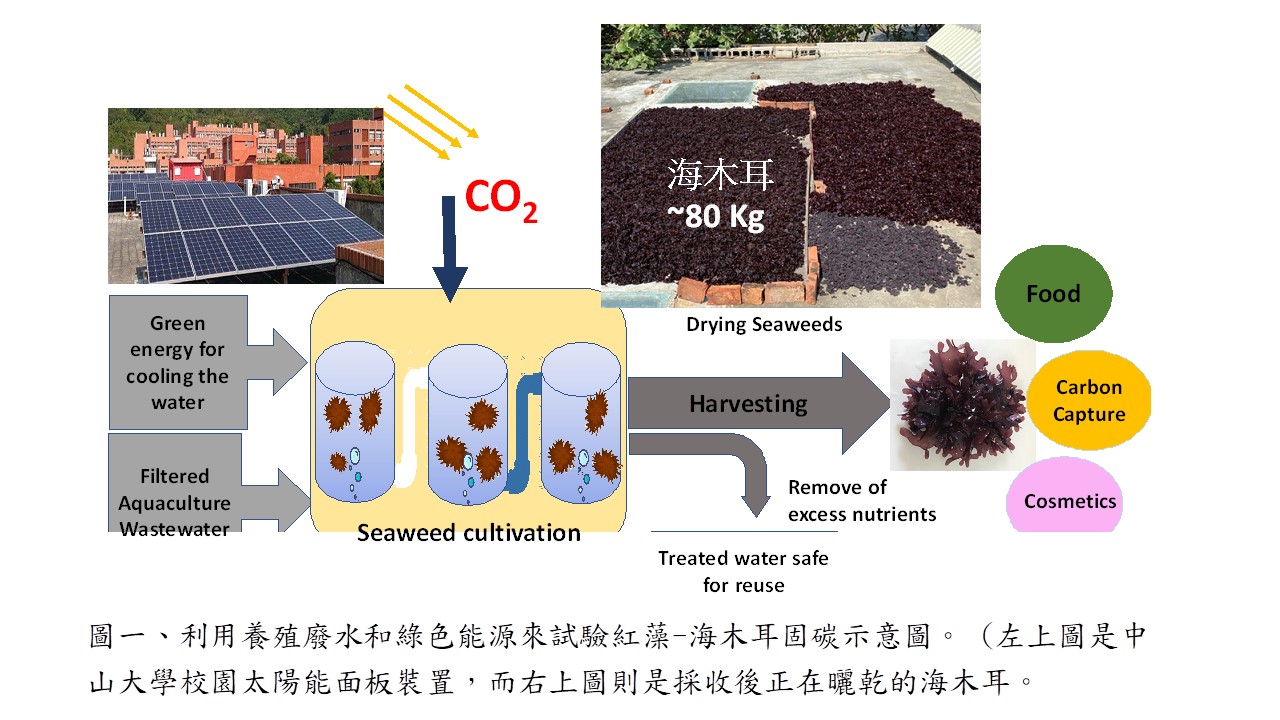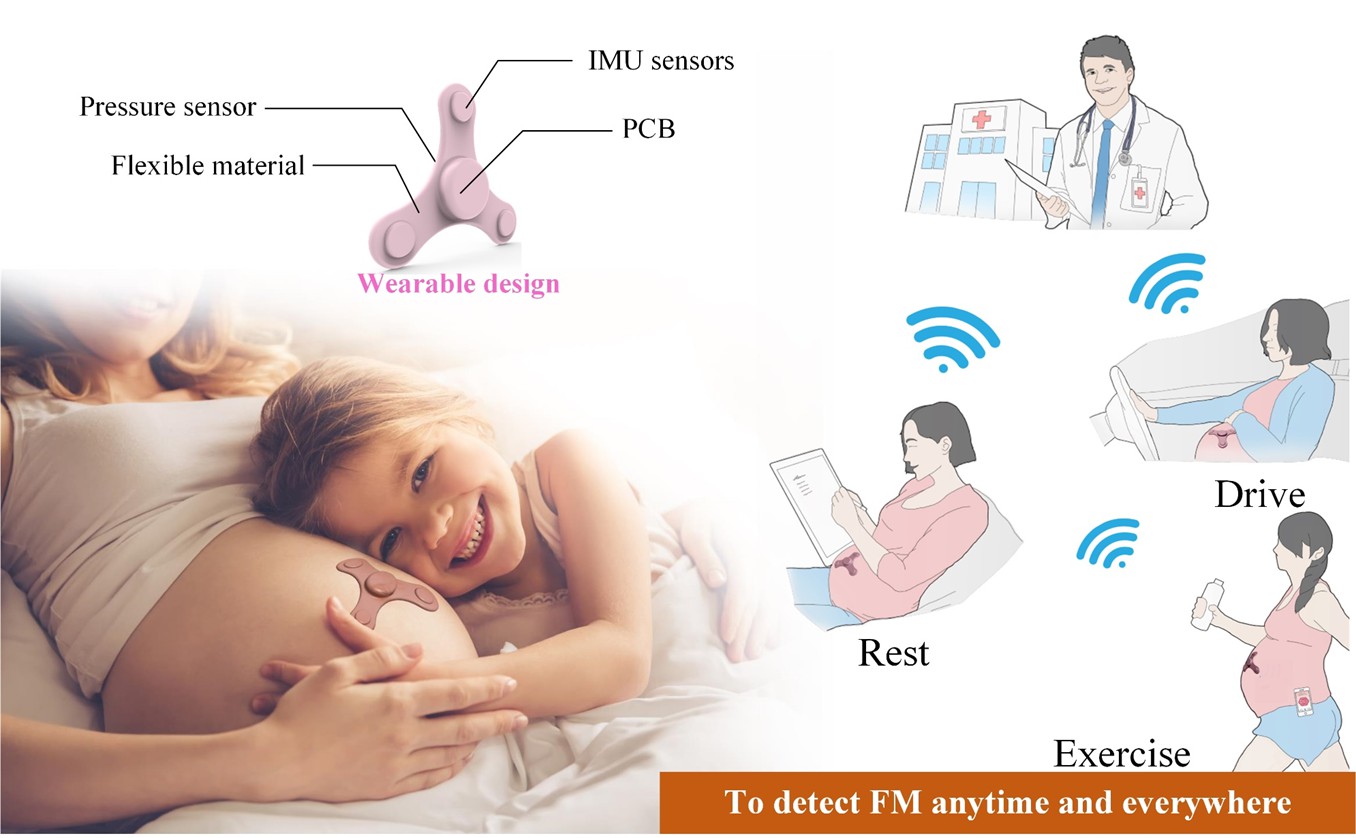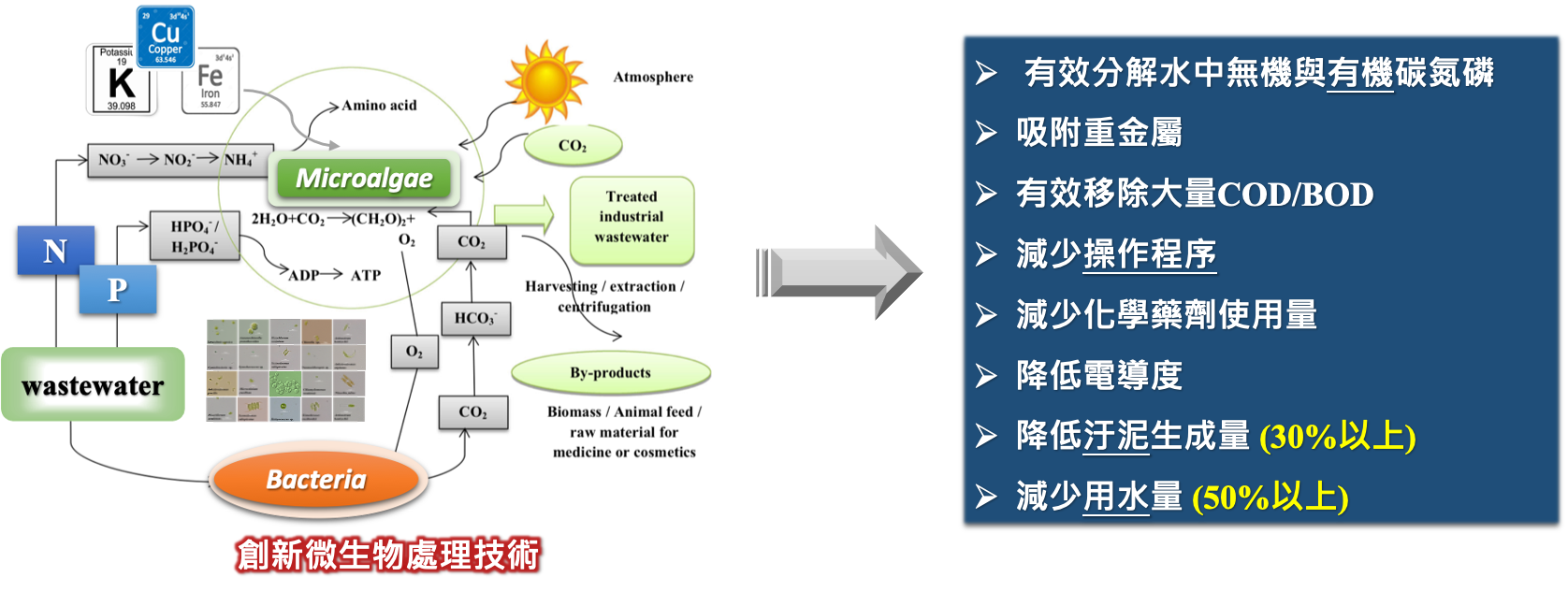| Summary |
The key technology of Patient Derived Tumor Spheroids (PDTS) is to create an in-vitro patient tumor microenvironmenttumor-like properties, furthermore, predict various cancer antidrug effectiveness to each patient via the high-throughputhigh-quality cell viability detectionbiomarker analysis. Therefore, this project established several technologies including extracellular matrix fabrication, bioink design, cell population identification,tumor physiological environment for the upon goal.
|
| Scientific Breakthrough |
The spheroids owned advantages including of uniform size, high similarity of cell heterogeneity with patient's tumor, hypoxia gradient, consistent cell quantity in each spheroidvascular-like structure in the spheroid system. We validated the gene expression similarity of patient-derived spheroid to biopsy is 60-70 which proves high similarity of cell heterogeneity in spheroidsreflects to the real tumor microenvironmentcancer drug screening results. Based on 20 clinical cases, the PDTS test achieved 86.7 of sensitivity, 80 of specificity,85 of Accuracy.
|
| Industrial Applicability |
With high awareness of personalized precision medicine, the cancer precision medicine market is valued at $40 billion USD in 2022. Based on 20 clinical cases, the PDTS test achieved 86.7 of sensitivity, 80 of specificity,85 of Accuracy which provide an integrated solution for cancer precision medicine. In addition, this technology expects to be adapted for new drug development. In stead of 2D cell testinganimal testing, PDTS with high-throughput, low cost,high precision will effectively lower the cost of new drug development, furthermore, change the medicine industry.
|

